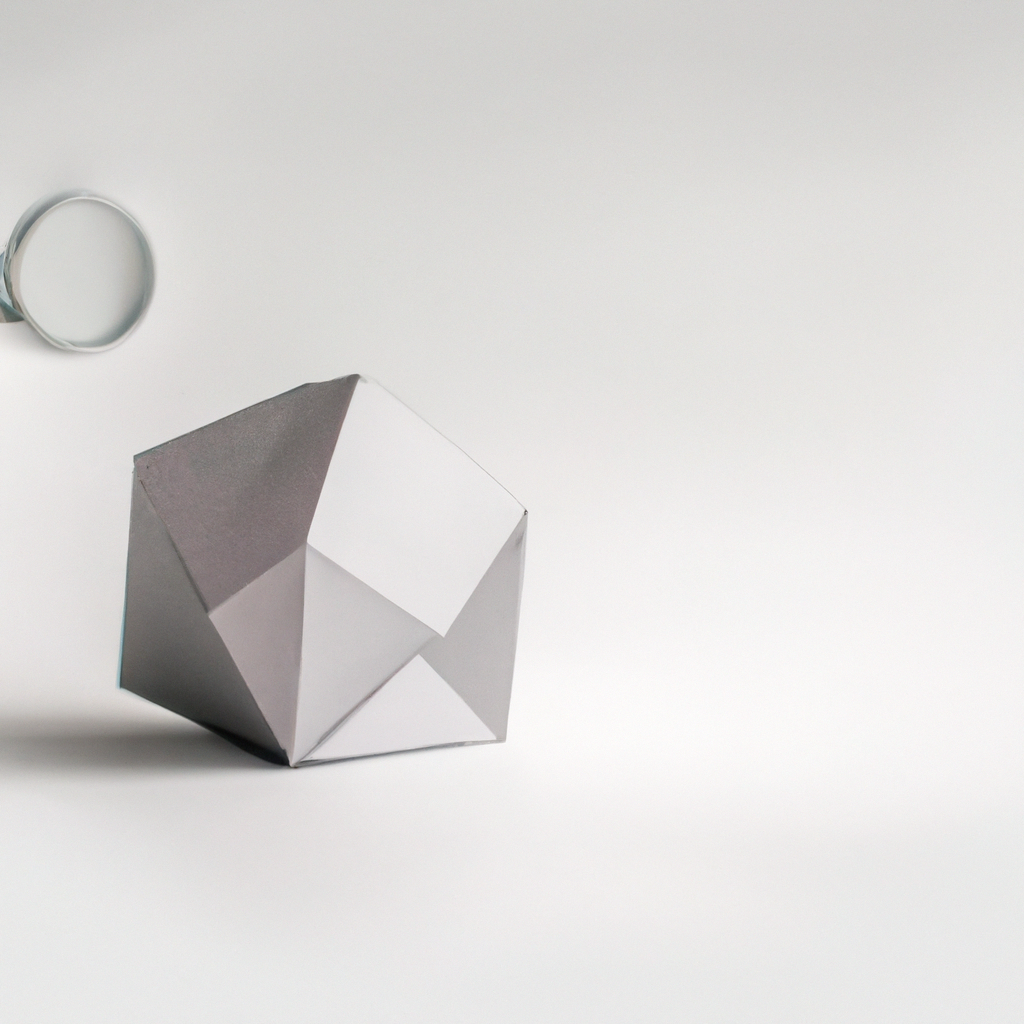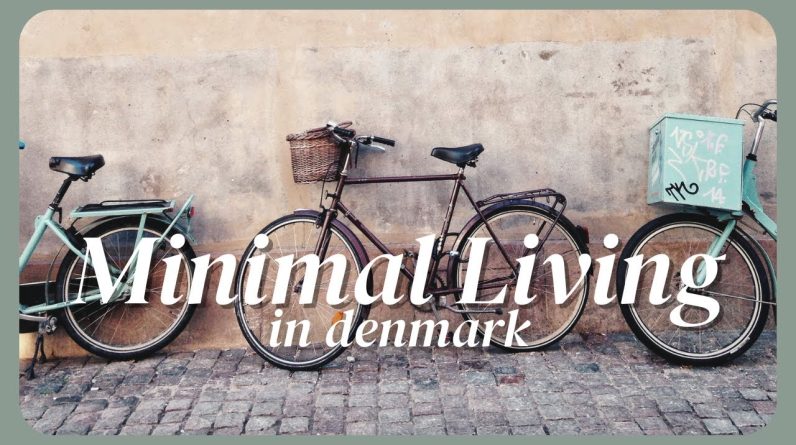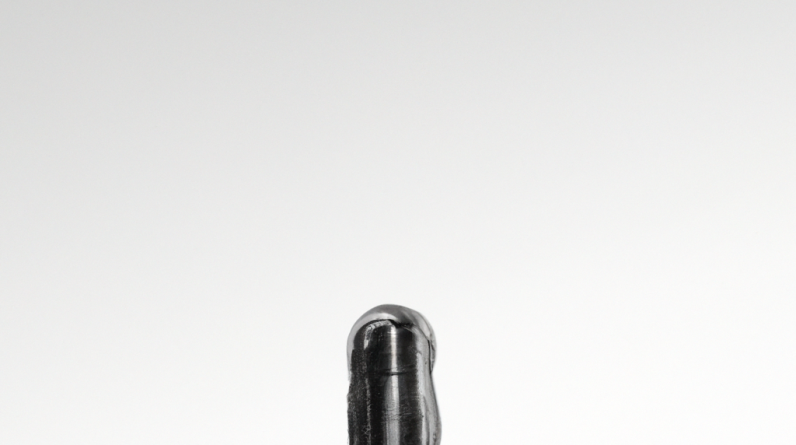
Extreme minimalism is an intriguing concept that often leaves you questioning its purpose and significance in your own life. As a minimalist, you’ve experienced the struggle of finding the balance between decluttering and being content with your journey. While Marie Kondo’s “click-point” idea initially resonates, you find that the feeling fades over time, causing you to question if you’ve truly decluttered enough. Japanese minimalist interior design and the idea of not owning anything appeal to you, but you also acknowledge the impracticality and potential drawbacks. Ultimately, you believe that minimalism is about more than the number of possessions you own; it’s a mindset, a way of simplifying your choices and embracing a slow and mindful lifestyle. By emphasizing inner work and personal growth, you believe that minimalism can be a powerful tool for achieving the simplicity and contentment you seek.
Starting the decluttering process is often exciting and rewarding, but as you progress and face the challenge of deciding how much is enough, you may find yourself questioning the purpose of extreme minimalism. Marie Kondo’s notion of a “click-point” can feel elusive, and the new normal can quickly replace the sense of accomplishment gained from decluttering. However, the allure of extreme minimalism continues to captivate you, as you are drawn to the idea of living with very few possessions and finding harmony with the planet. The appeal of Japanese minimalist interiors is strong, but their practicality and compatibility with your lifestyle come into question. Ultimately, you realize that your mentality and inner work are the key factors in embracing minimalism, and that simplicity, mindfulness, and a slow lifestyle are important aspects of this journey.
Table of Contents
Hesitation and Purpose: Questioning Extreme Minimalism
Finding a balance between decluttering and contentment can be a challenging task for minimalists. As you embark on your minimalism journey, you may find yourself struggling to determine when you have decluttered enough, or if there is even such a thing as “enough.” Marie Kondo’s concept of the “click-point” offers some guidance, suggesting that there will come a moment when you intuitively feel that you have reached a state of minimalism that is just right for you. However, for some minimalists, including myself, this click-point may not always be a lasting feeling.
While decluttering can bring a sense of accomplishment and lightness, over time, the new normal sets in, and you may find yourself questioning if you need to declutter even further. It becomes a delicate balance between wanting to live a clutter-free life and still creating a comfortable and inviting space. For example, you may desire a cozy and homey atmosphere in your house, with plants to bring life to the space. Additionally, you may want to reduce kitchen items but still have enough cups to accommodate guests when they visit.
It is important to acknowledge that this struggle is common among minimalists. We may experience the desire to simplify and declutter further, while simultaneously wanting to maintain a sense of comfort and functionality in our homes. This internal conflict is natural and reflects our individual preferences and goals on the minimalism spectrum.
Exploring Marie Kondo’s ‘Click-Point’ Concept
Marie Kondo’s concept of the “click-point” offers an interesting perspective on finding the right balance in decluttering. She suggests that when we reach a point where our possessions no longer spark joy and instead become a burden, we have reached the click-point. However, for some of us, this click-point may not be a fixed or concrete feeling. It may fade away over time, leaving us uncertain about whether we have truly decluttered enough.
While Kondo’s method has proven effective for many individuals, it is essential to question its lasting impact on our lives. Does reaching the click-point result in long-term satisfaction and contentment? Or does it simply create temporary relief and the need for continuous decluttering efforts?
The search for long-term satisfaction in minimalism requires introspection and self-reflection. Understanding our own needs and desires is crucial in determining what brings us joy and contentment. By evaluating the lasting impact of our decluttering efforts, we can better navigate the process and adjust our expectations accordingly.

This image is property of i.ytimg.com.
The Appeal of Living with Very Few Possessions
Living with very few possessions holds a certain allure for many minimalists. There is a desire to simplify our lives and reduce our attachment to materialistic items. Extreme minimalism offers a path to freedom and liberation, allowing us to detach ourselves from the burdens of excessive possessions.
This appeal stems from the notion that having fewer possessions reduces distractions and allows us to focus on what truly matters. By minimizing our physical belongings, we create more space for experiences, relationships, and personal growth. The simplicity of living with very few possessions aligns with the ideals of mindfulness, intentionality, and conscious living.
However, it is important to evaluate the practicality of living with very few possessions. While extreme minimalism may work well for nomadic lifestyles, where individuals constantly move from place to place, it may present challenges for those who have established homes or specific work requirements. Finding the balance between minimalism and functionality is essential to creating a lifestyle that suits our individual needs.
Not Owning Anything: A Connection to the Planet
Adopting extreme minimalism can also be seen as a way of connecting with and respecting the planet we inhabit. By reducing consumerism, we actively work towards minimizing our environmental impact. The notion of not “owning” anything serves as a reminder that we are part of the planet, rather than the other way around.
Consumerism and waste production have substantial consequences for the environment, with excessive consumption leading to resource depletion and pollution. Minimalism challenges this paradigm by encouraging us to question our relationship with material possessions and strive for a more sustainable lifestyle. By embracing minimalism, we can actively contribute to reducing our ecological footprint and living in harmony with nature.
The concept of minimalism as a means of advocating for a healthier planet aligns with the principles of simplicity and mindfulness. It prompts us to reevaluate our consumption patterns, make conscious choices, and seek alternative ways of finding fulfillment that do not rely solely on material possessions.

The Allure and Impracticality of Japanese Minimalist Interior Design
Japanese minimalist interior design has caught the attention of many minimalism enthusiasts. The clean lines, serene atmosphere, and minimalist aesthetics create a sense of calm and tranquility. This style resonates with the desire for simplicity and mindfulness in our living spaces.
However, it is important to recognize the challenges that come with maintaining a minimalist space, especially when adopting a Japanese minimalist interior design. The practicality of this design may not always align with everyday living. For instance, sitting on the floor for extended periods may not be comfortable or practical for everyone, especially when entertaining guests or dealing with physical limitations.
It is crucial to strike a balance between the appeal of Japanese minimalist interior design and the functionality of our living spaces. Incorporating elements of minimalist design that enhance our wellbeing and align with our daily routines can result in a harmonious and practical living environment.
The Importance of Inner Work and Mindset
While minimalist aesthetics and decluttering physical possessions are essential aspects of minimalism, the true essence of minimalism lies in inner work and mindset. Shifting our focus from externalities to our internal state is a crucial step in embracing minimalism as a lifestyle.
Cultivating mindfulness in our everyday lives allows us to appreciate the present moment, savor the simple pleasures, and develop a healthier relationship with our possessions. By engaging in self-reflection and understanding our desires, triggers, and attachments, we become aware of the underlying motivations behind our consumption habits.
Nurturing a healthy mindset involves letting go of the notion that our possessions define us and finding contentment within ourselves. By recognizing that true happiness does not come from material possessions, we can detach ourselves from the societal pressures of consumption and materialism.

Hesitation Towards Extreme Minimalism
Hesitation towards extreme minimalism is a common sentiment among individuals exploring minimalism. The fear of letting go and the potential feeling of deprivation may hold us back from embracing a more extreme form of minimalism. It is important to acknowledge and honor these concerns while also challenging ourselves to explore the possibilities that minimalism offers.
Finding a middle ground that suits our unique preferences and needs allows us to strike a balance between decluttering and contentment. It is not about adhering strictly to a predetermined set of rules, but rather about aligning our actions with our personal values and goals.
Questioning the Purpose of Extreme Minimalism
When considering extreme minimalism, it is essential to question its purpose in our lives. Defining our personal goals and values helps us evaluate whether extreme minimalism aligns with our desired lifestyle. By critically assessing the benefits and potential drawbacks, we can make an informed decision about the role of extreme minimalism in our lives.
Extreme minimalism can offer a sense of freedom, reduce distractions, and simplify our lives. At the same time, it may present challenges in terms of functionality and practicality. Considering the long-term impact and sustainability of extreme minimalism is vital in maintaining a purposeful and contented life.
Emphasizing Simplicity, Mindfulness, and a Slow Lifestyle
While extreme minimalism may not be the right fit for everyone, the core principles of simplicity, mindfulness, and a slow lifestyle are universally applicable. Focusing on these values allows us to align our external environment with our internal state, resulting in a more intentional and contented life.
Minimalism as a habit and a way of making choices permeates all aspects of our lives. By approaching decisions with a conscious and minimalist mindset, we can prioritize what truly matters and eliminate excess noise and clutter. By simplifying our routines, possessions, and commitments, we create space for meaningful experiences, personal growth, and a deeper connection to ourselves and those around us.
Self-Work and Personal Growth: Key to an Ideal Lifestyle
In the pursuit of our ideal lifestyle, self-work and personal growth play a pivotal role. Minimalism serves as a catalyst for introspection and self-reflection, inviting us to delve deeper into our values, desires, and intentions.
By continuously working on ourselves and nurturing a growth mindset, we can make intentional choices that align with our values and goals. Minimalism becomes an ongoing journey rather than a one-time destination. It requires us to remain open to change, adapt as circumstances evolve, and constantly reevaluate our needs and priorities.
The ideal lifestyle is not a static destination but a dynamic process. Embracing self-work and personal growth allows us to grow alongside our minimalist journey, discovering new passions, cultivating meaningful connections, and finding contentment in the present moment.
Conclusion
In conclusion, finding a balance between decluttering and contentment is a personal exploration that can lead to a purposeful and contented life. Hesitation and questioning are natural steps on the path to minimalism, as they prompt us to critically evaluate our relationship with material possessions and our desired lifestyles.
While the concept of extreme minimalism may hold appeal, it is essential to consider its practicality and sustainability in our individual circumstances. By emphasizing simplicity, mindfulness, and a slow lifestyle, we can integrate minimalism into all aspects of our lives, making intentional choices that align with our values and goals.
Ultimately, minimalism is not just about the number of possessions we own, but about the inner work and mindset that shape our daily lives. By engaging in self-reflection, nurturing mindfulness, and fostering personal growth, we can create an ideal lifestyle that brings us joy, contentment, and a deeper connection to ourselves and the world around us.







